Could your local neighbourhood be the inspiration for your next piece of work? Haf Weighton thinks so. Haf uses the language of thread as a way to explore her sensitivity and connection to both home and places, and buildings in particular.
It’s no surprise that architecture called to Haf. Her upbringing fed into her obsession – from early memories of her father’s home-made playhouses and her first attempts at school at stitching houses, to the painted and stitched architecture that inspired her degree final show.
This Welsh speaking textile artist loves to work with a combination of paint, print and stitch and drawing is often her starting point. This combination of techniques results in colourful, rich surfaces brimming with delightful detail.
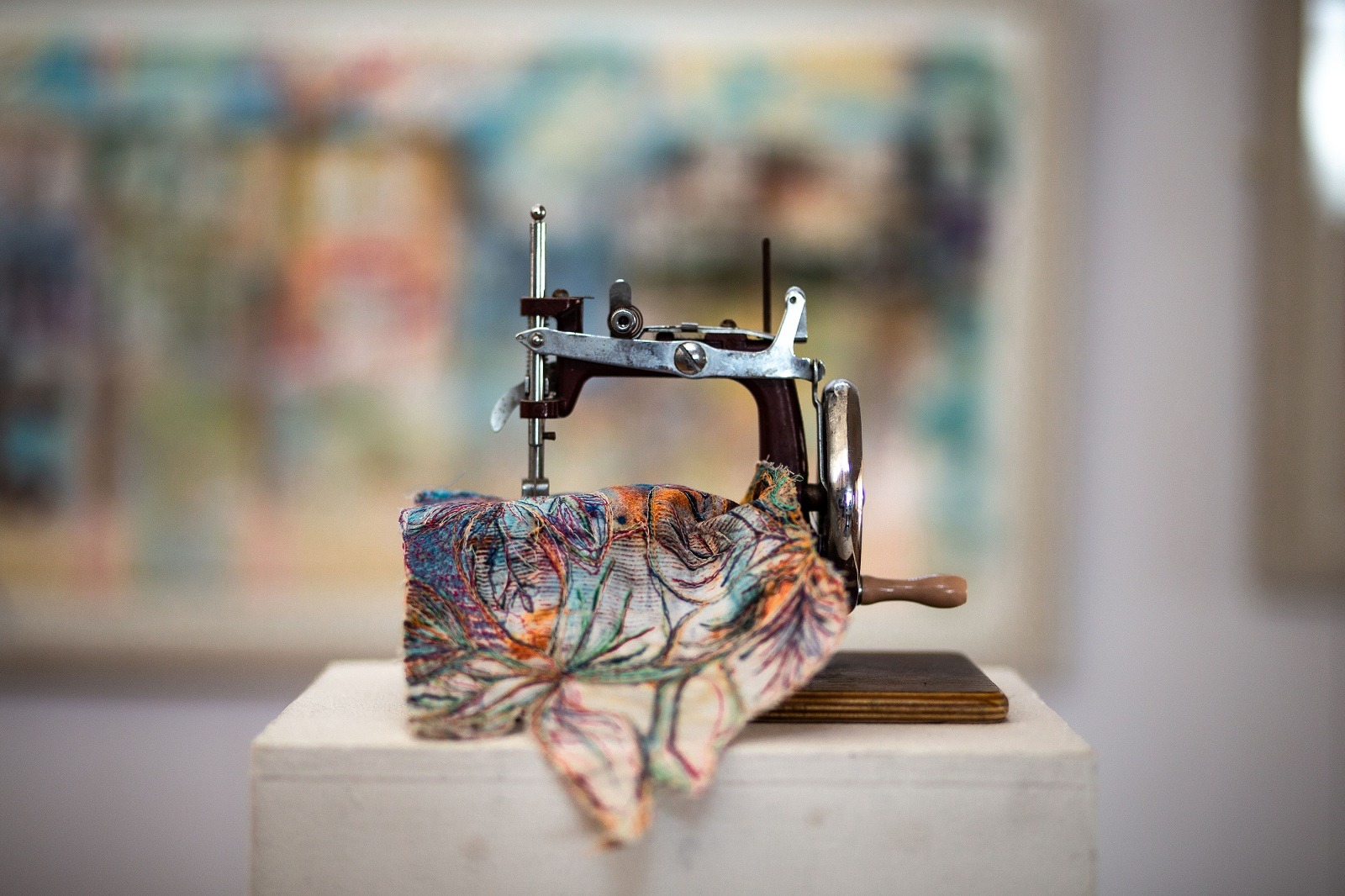
Foundations for a creative future
Haf Weighton: I have a detailed knowledge of the history of fashion and textiles, largely due to the excellent art and textiles teacher I had at school, and I created my first stitched building at the age of about 15. I went to a Welsh language secondary school in Cardiff, and I’d get involved in painting scenery, making millinery and costumes. I thought I might work in theatre or film in the future, but life took me on another path.
I was part of a very close family and was fortunate that my parents offered an individualised approach to myself and my siblings, reflected in our different career choices (my brother is a scientist and my sister is a counsellor). Neither of my parents were from an art school background but they could see that this was something I enjoyed and encouraged me to believe in my talent.
My ‘Mami’ can sew; she made curtains and our clothes, and even sold the fabric dolls that she made. She also took me to exhibitions and we spent hours trawling junk shops together which helped foster my love of antiques.
My father sometimes made houses for us to play in out of old bits of furniture and scraps of fabric which were quite sculptural. He was a lecturer in European Studies and still loves a good discussion. He grew up in Australia and, from hearing his stories of living in Sydney as a child, I always had this desire to go to Australia.
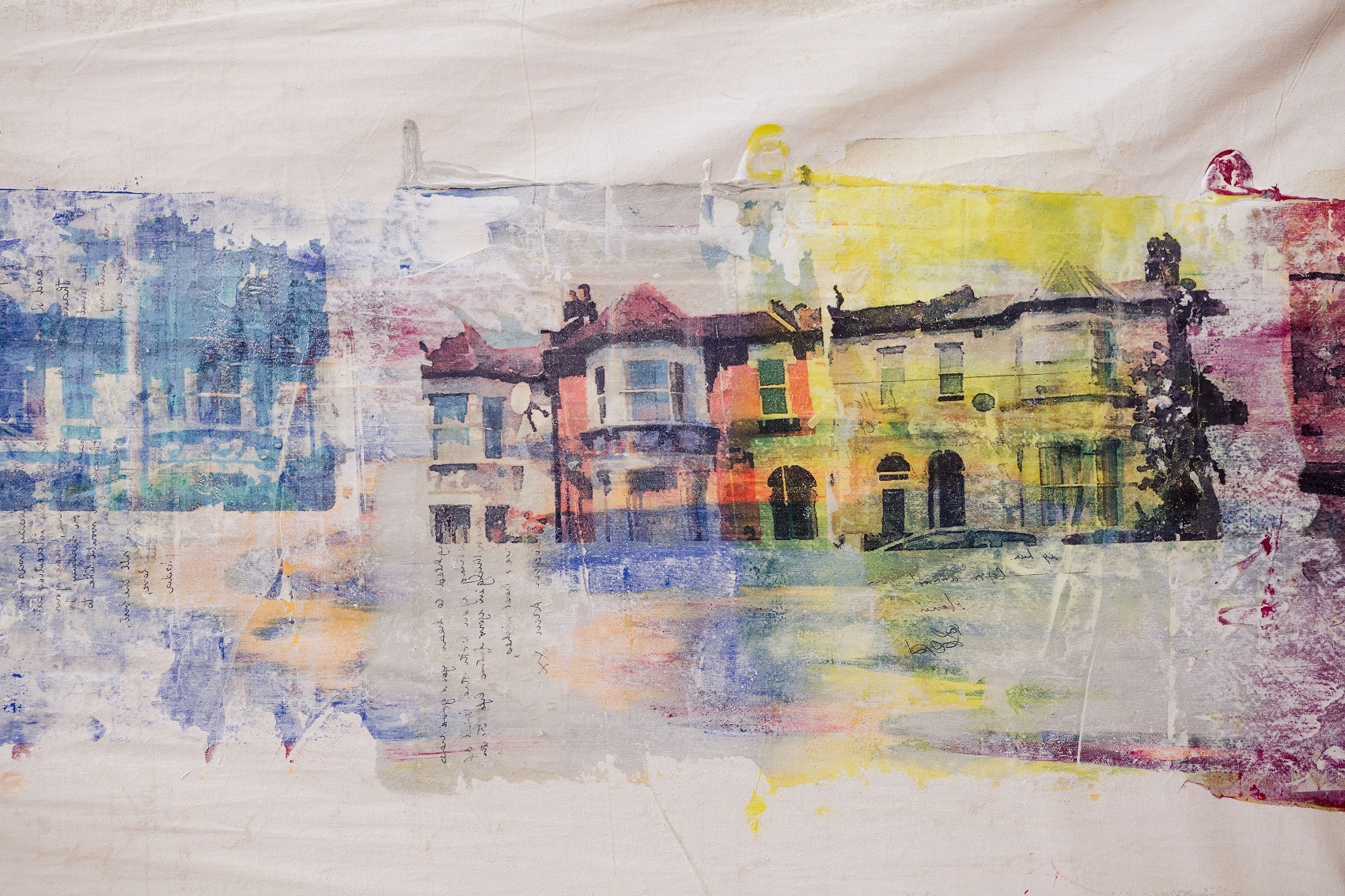
I took an art foundation course at Cardiff Art College before going on to a BA in Textiles at Liverpool John Moores University. I loved every second of my art foundation in Cardiff and had fantastic textile tutors there – Gill St John Griffiths and Julia Griffiths Jones – who awarded me a distinction for the course.
A year after graduating I travelled on my own to Australia. I loved the beach lifestyle and I had many adventures, making lifelong friends along the way. Mostly I worked waitressing, bartending and the odd office job. I also managed to get some work painting scenery for The Sydney Theatre Company. I believe living on a different continent is something everyone should experience.
I lived in London for almost 20 years, juggling fundraising jobs with painting scenery and building props for fringe theatre companies in London, before training to be an art teacher and teaching art and photography for a decade.
Now I live in the resurgent, Victorian seaside town of Penarth on the shores of the Bristol Channel with my children and my husband, Russell, who is a successful copy and comedy writer. He’s taught me to have conviction in my own ideas and to believe that I could be successful and happiest leading a creative career.
My brother still lives in London and I love to visit him there. In an ideal life, I would have a base in London and a base in Wales – and perhaps one other base near a beach in Sydney. The disadvantage of extended periods of travel is that you never again feel at home in one place.
My travels, combined with my life in London, reinforced my belief in the value of diversity and acceptance – whether that be sexuality, race or gender. I truly think difference in all forms is something to be celebrated.
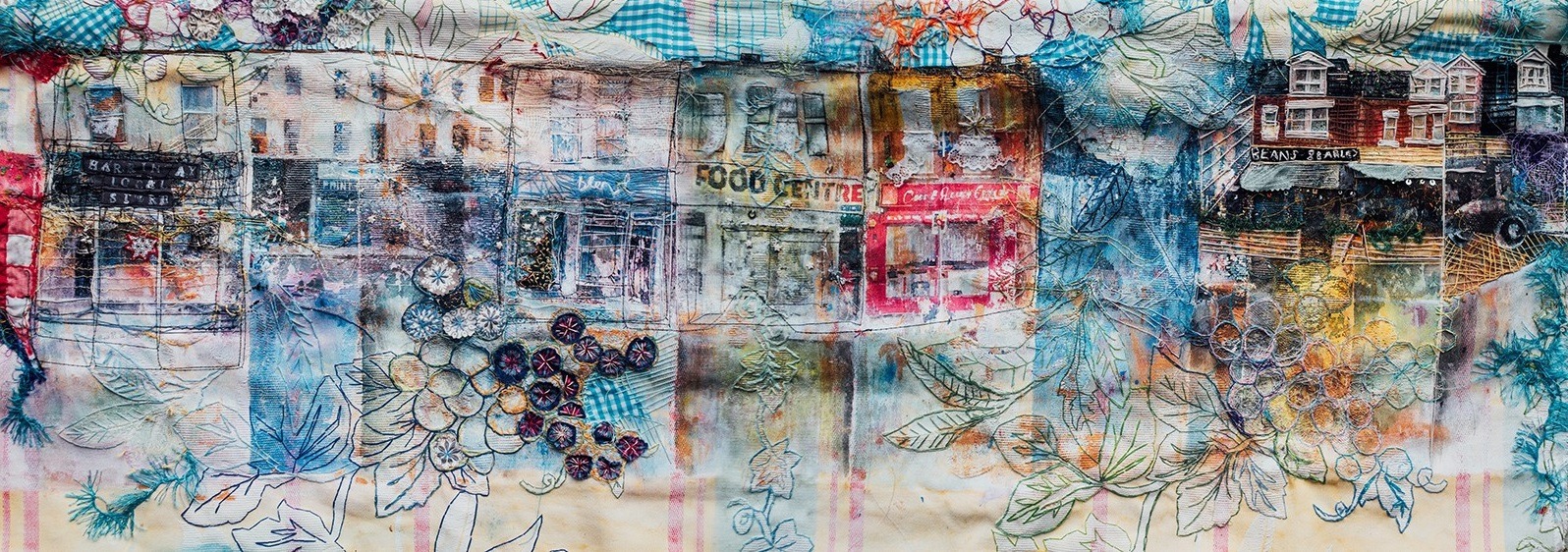
Building momentum
Today, I identify more as an artist than a textile maker.
I think that has a lot to do with my textile degree at Liverpool. In stark contrast to my art foundation, learning in my degree was self-directed. I struggled with that in my first year and almost transferred to another course. I then changed from fashion to textiles, which turned out to be much more interdisciplinary and I found myself doing traditional printmaking and ceramics rather than weaving or knitting.
At Liverpool my tutor, John Newton, introduced me to the artists Joseph Beuys, Anselm Kiefer, Louise Bourgeois and many others, helping me to understand the purpose of context in art.
I started thinking about what I would do after college and the concept of ‘flights of fancy’ was one I kept returning to. I created a giant kite for my final show made out of paper-like fabric, folded to represent origami. The whole structure was inspired by buildings in Liverpool. The drawings that inspired that piece still hang in my house today. It’s ironic that after almost 30 years away, it’s the theme of ‘home’ that I now find myself drawn towards.
During my degree, my fellow textile student, Carolyn and I worked for a few weeks for the internationally acclaimed American installation artist, Ann Hamilton, at the Tate Liverpool. Ann is an artist who responds poetically to the architectural presence of sites with dense accumulative materials and surfaces. I loved that experience; the camaraderie and feeling of working towards a shared creative outcome reminded me of times when I had worked on theatre productions.
Ann taught me to use an industrial sewing machine at the Tate. I remember her describing sewing as ‘a sensitivity’.
The installation at the Tate that we created was completely immersive – consisting of a warehouse-sized room containing a maze of hanging sack-like cloth, which we sewed together. A few years later Ann wrote and asked if I’d like to be part of her team at the Venice Biennale. I was in Australia at the time and only saw her letter when I returned home a year later.
When I became a teacher I worked with a great team of artists and we took the students out to galleries every single week. I formed a relationship with one of London’s leading art galleries – the Saatchi Gallery. I advised on their work with schools, suggesting that they link their exhibitions to GCSE and A-level exam themes – something they still do today.
During maternity leave, I found that being away from students at the school helped me to revisit my own creativity, and I started developing a body of textiles based on Harringay Green Lanes where we lived. We moved our small family to Wales in 2015 and since then I have been working as an artist.
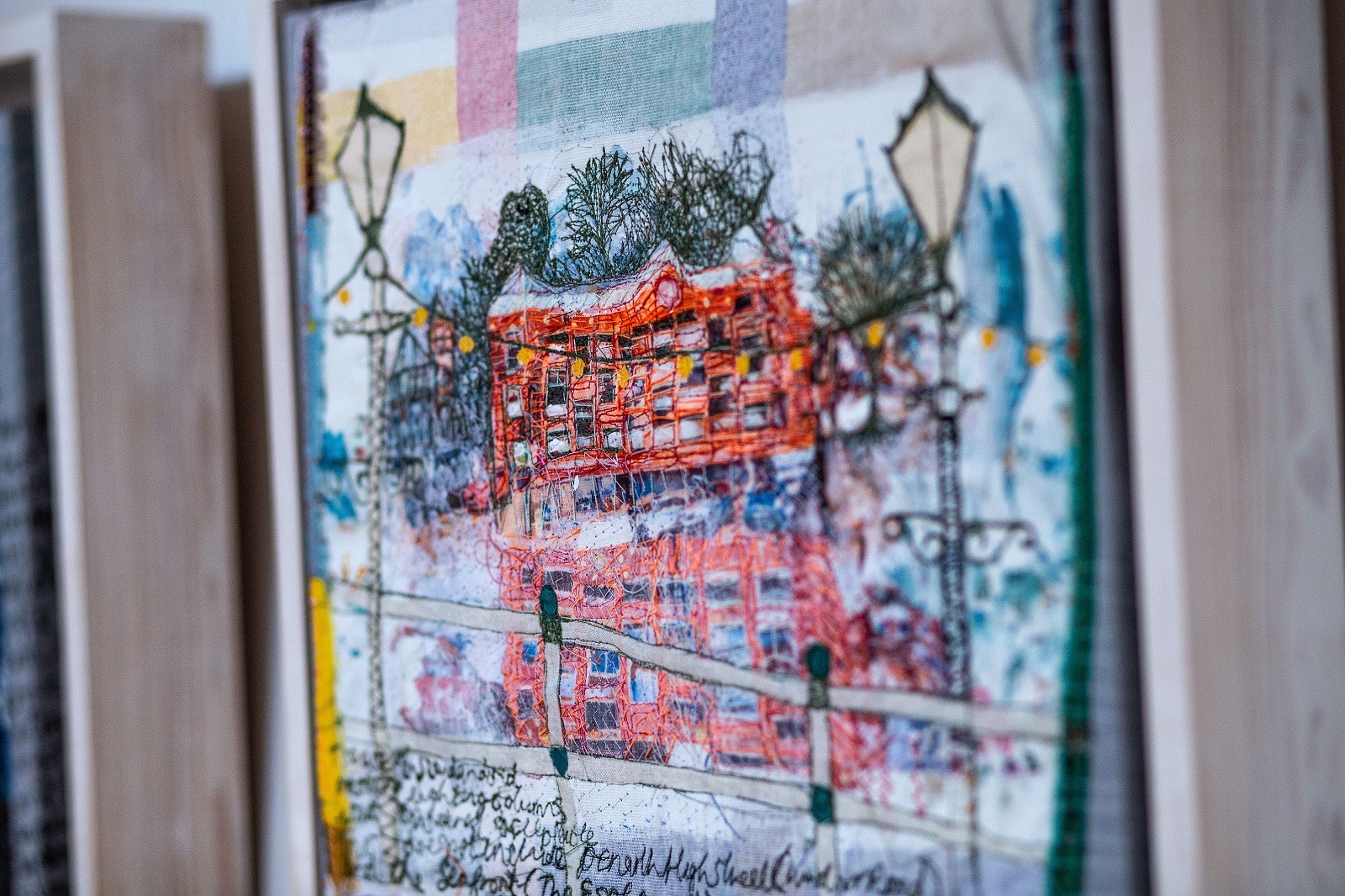
Start with observational drawing
I begin every project with observational drawing.
I had brilliant teachers at secondary school and on my art foundation course, who themselves were, and still are, successful artists. I remember them building installations of old vintage and colourful, imaginative objects for us to draw. This inspired my love of drawing.
I like to record the fabric of everyday life in my drawings – homes, hospitals, shop fronts, chapels, buses, lamp posts – objects that provide us with a sense of belonging in our communities.
I then manipulate my imagery using Photoshop, flipping my images and then transferring them onto painted backgrounds. I use transfer and silk screen print to transfer images from my sketchbook or from digital images to painted surfaces.
I usually use recycled fabric and I have a vast collection, ranging from tiny off-cuts to long swathes of silk. I like to find material that links to the style and history of the building I am capturing to give it authenticity.
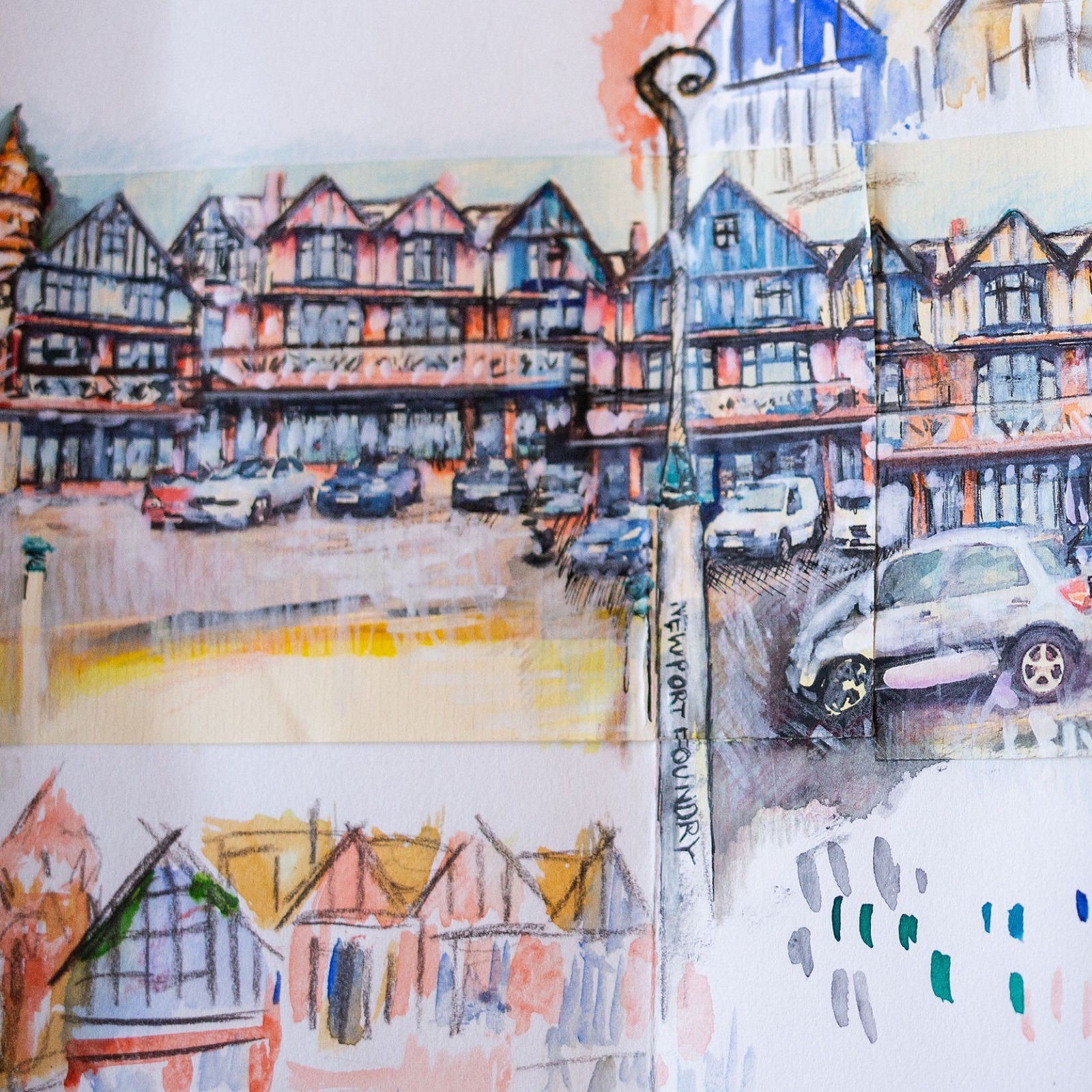
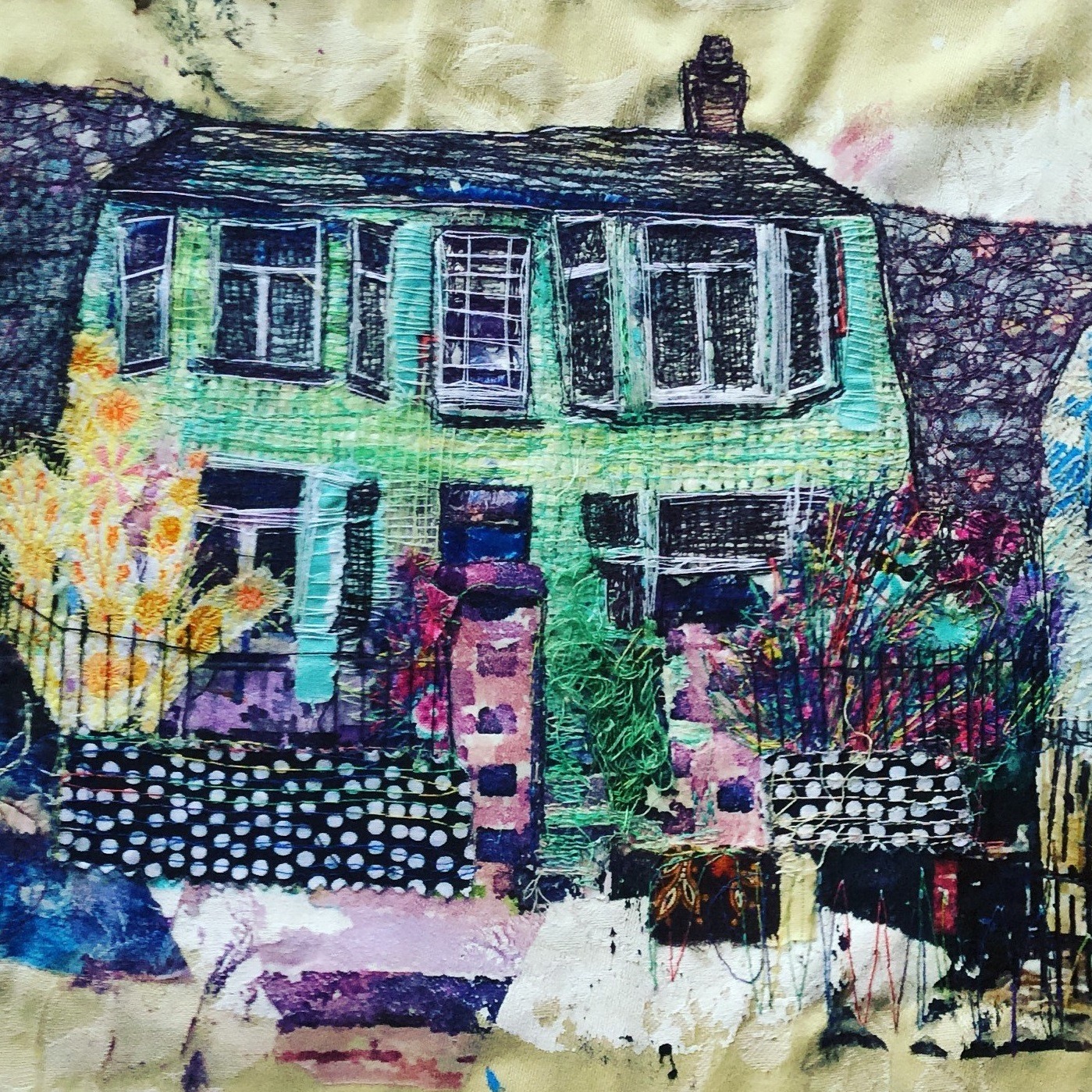
My techniques have been developed from years of experimentation.
I use drawing, paint, print, hand and machine-stitch. I draw using pen and ink into concertina home-made or Seawhite sketchbooks. Once completed, I fold out my books and this is how I develop compositions for my final pieces. My painted backgrounds are created using acrylic, and I paint with sticks and squeegees. I then add machine- and hand-stitch into my work.
I like to build layers in my work, hoping to represent the feel and look of places. I find that the mix of techniques I use provide me with the skill to achieve that.
I think of stitching as drawing with thread. I see myself as an artist who happens to use thread and fabric to realise my work. Sometimes people find that concept confusing, as my style falls between the realms of art and craft.
In 2018 I became very ill with a type of pneumonia and spent over a month in hospital. A friend, Dr Mark Taubert, who is also a palliative care consultant, visited me and suggested I try to find a way to make something positive out of the experience.
Last year I created a body of work titled ‘Brysia Wella’ – ‘Get Well Soon’. This was shown at Craft in the Bay in Cardiff Bay. I used messages people had sent me whilst ill to create badges and repeat prints.
My favourite piece is inspired by the area of Green Lanes in North London where I lived. Route master buses thread their way along this busy street past the brightly coloured Turkish supermarkets, restaurants, bakeries and clothing shops. It’s a street that never goes to sleep. ‘Lido to Brouhaha’ summarises that place. I always feel a sense of ‘Hiraeth’ (longing) towards it, but, at the same time, it is a place I am glad I have left behind.
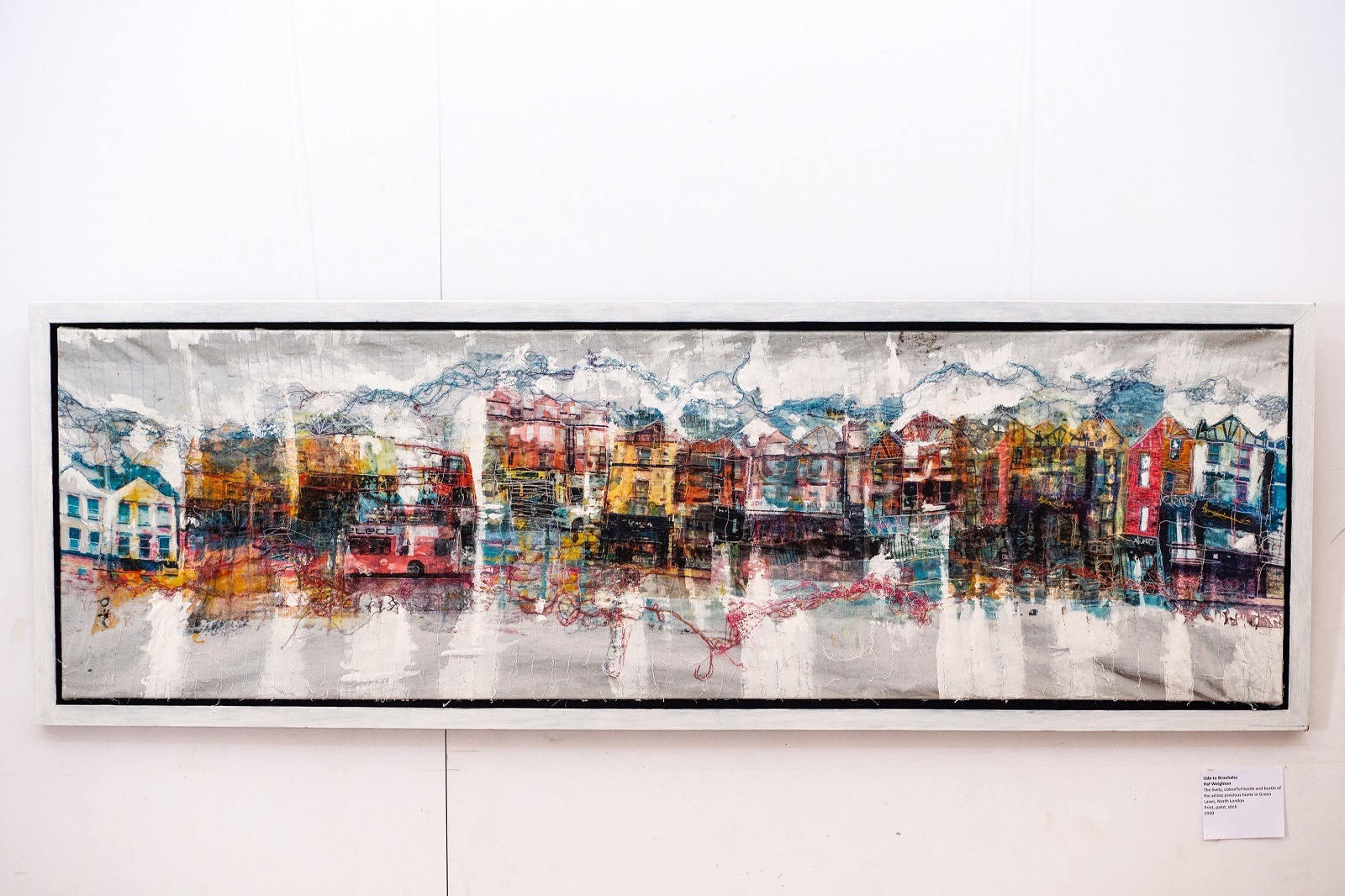
People always ask ‘how long does it take to create one piece?’ I always want to answer ‘a whole lifetime.’
My pieces are both time consuming physically and mentally, as I often consider an idea for years before it is fully resolved.
I think the benefit of a creative degree is the value you gain from having the opportunity to experiment and develop your ideas without worrying about where that idea might take you.
My parents worked hard to support me financially – enabling me to do an art degree without a grant. I’m eternally grateful to them for giving me that opportunity. Being a parent myself has given me the confidence to really enjoy my creativity and I hope as my children get older, my art work will also develop.
Creativity isn’t something you can switch on and off, but I think with years of experience I have learnt to keep my creative light on.
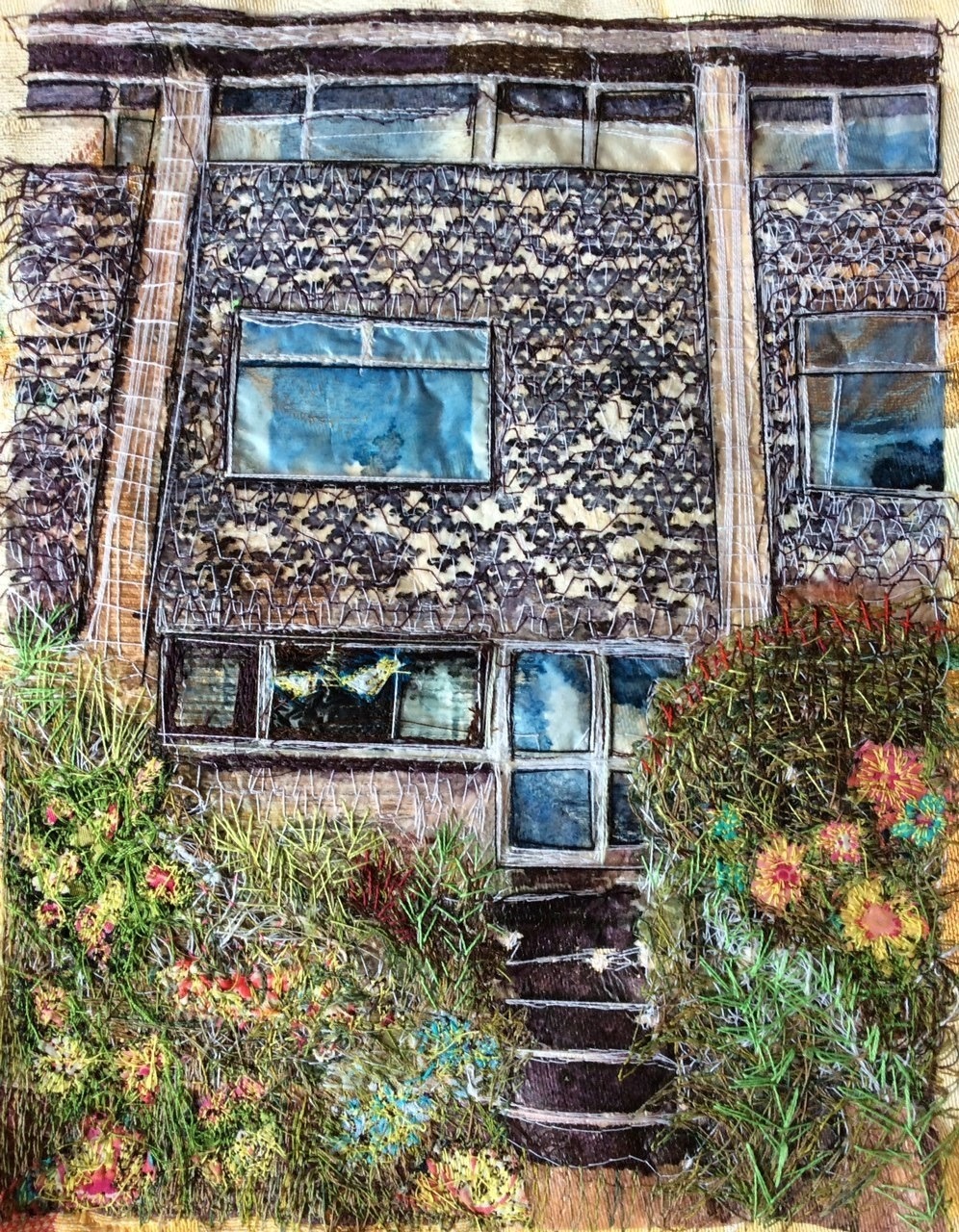
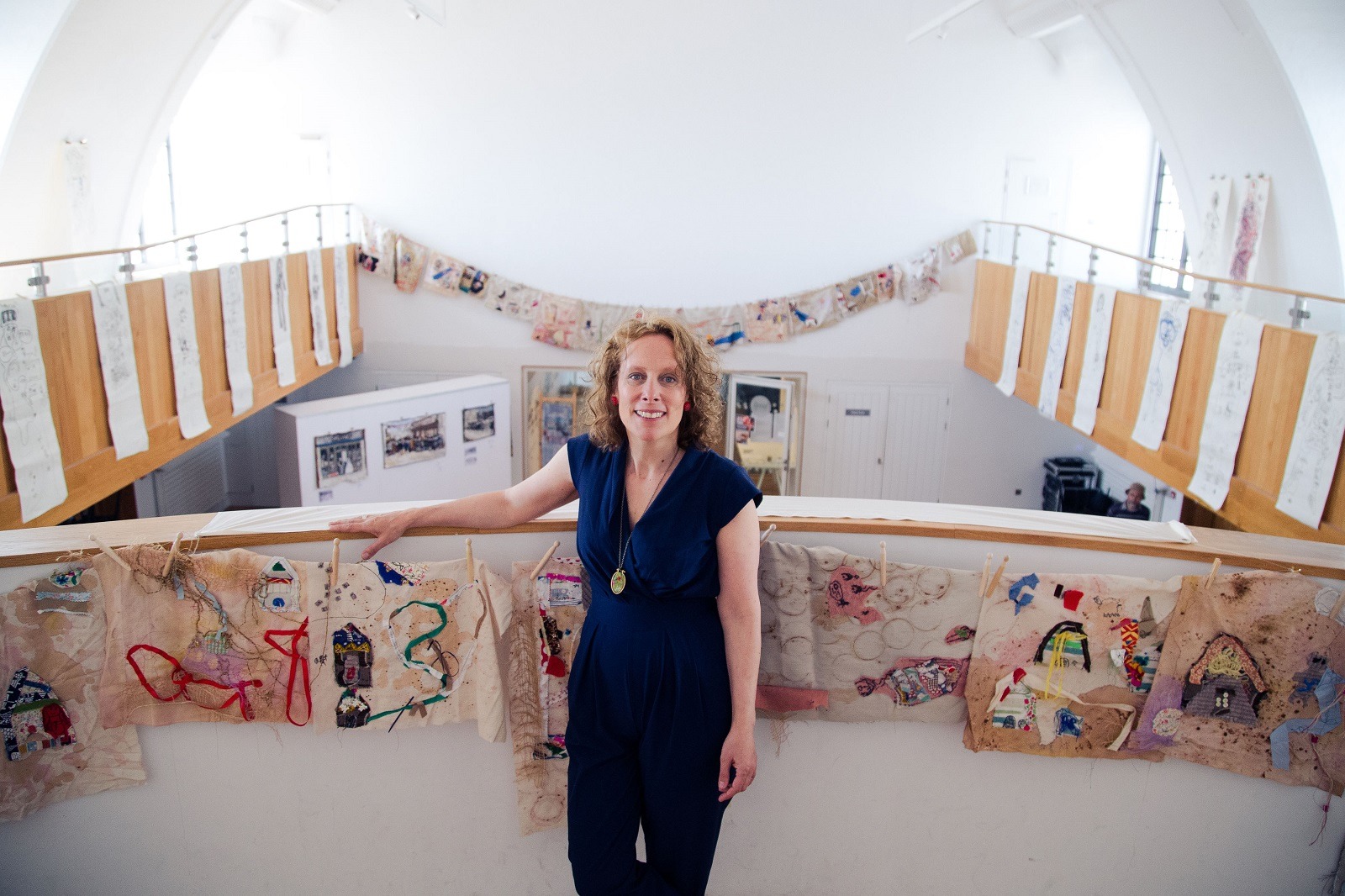
Haf’s advice for aspiring textile artists
- If you believe that being an artist can make you truly happy, try not to be put off when you don’t sell work, don’t get on a course or win an award – there will always be another opportunity. There are so many talented people in this world.
- Being successful as an artist is more about self-belief than creativity. When one door closes, another always opens. I actually look for the positive in every negative experience, however harrowing, as I know I have turned my life around in the past and will do so again.
- Being unsuccessful sometimes helps you come up with the most creative ideas and takes you on the best adventures.
About the artist:
Haf Weighton obtained a degree in textiles and Fashion from Liverpool John Moores University in 1995. She went on to complete an Art PGCE at Brighton University and taught art for over a decade at Highgate Wood School in North London.
Since returning to live in Wales in 2015, Haf’s artwork has sold widely and can be found in both private and public collections. She has worked on several commissions and was lead artist for the 25th anniversary of Barry hospital in Wales in 2020.
Haf had her work exhibited at the Saatchi Gallery in London in 2018 and has had several solo shows: at the Knitting and Stitching Show at Alexandra Palace, London (2017); Penarth Pier Pavilion and Makers Guild Wales (2019) and Y Galeri in Caernarfon (2022). She teaches masterclasses and workshops and is a juried member of the Society for Embroidered Work (S.E.W.) and the Society for Designer Crafts.
Website: www.hafanhaf.com
Instagram: @hafweightonartist
Facebook – Haf Weighton – Textile artist @hafanhaf
Twitter: @hafweighton
Did Haf’s story or techniques inspire you? If so, we’d love to hear how – please leave a comment in the box below.
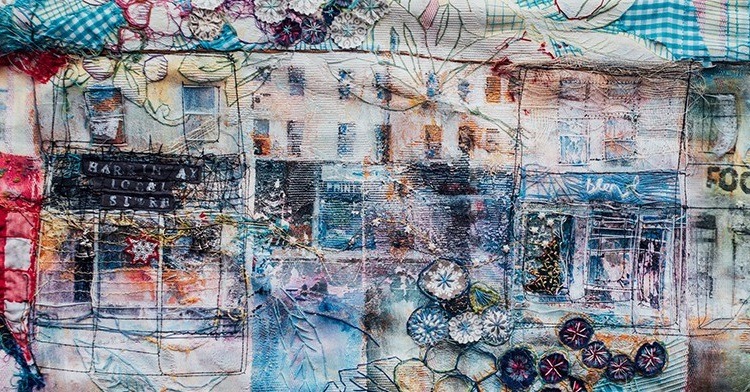

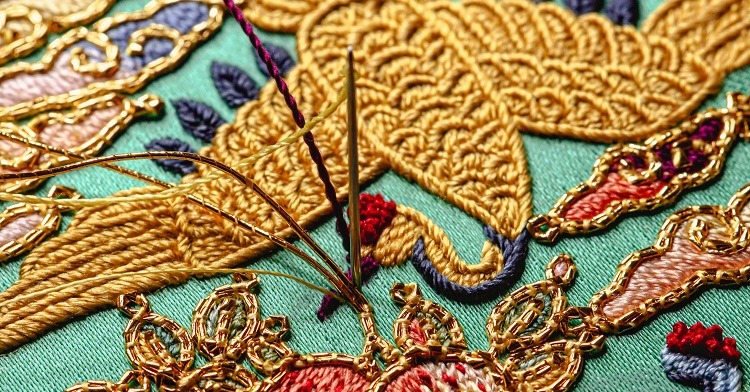
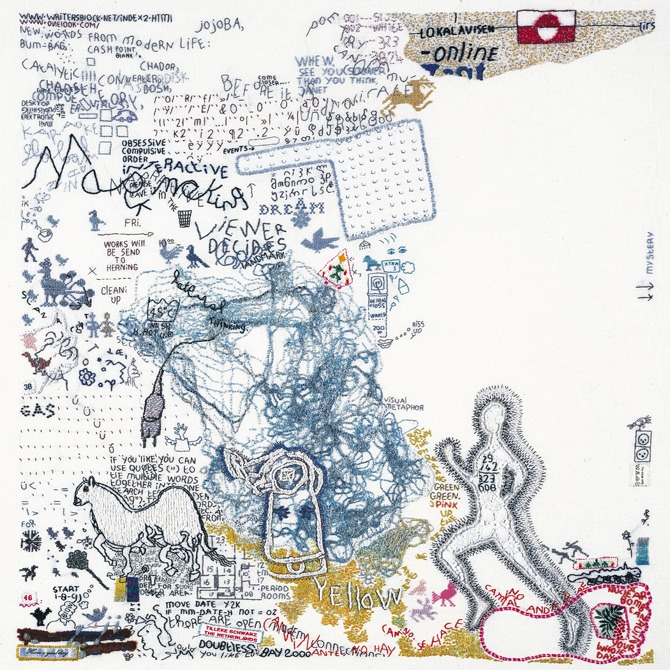
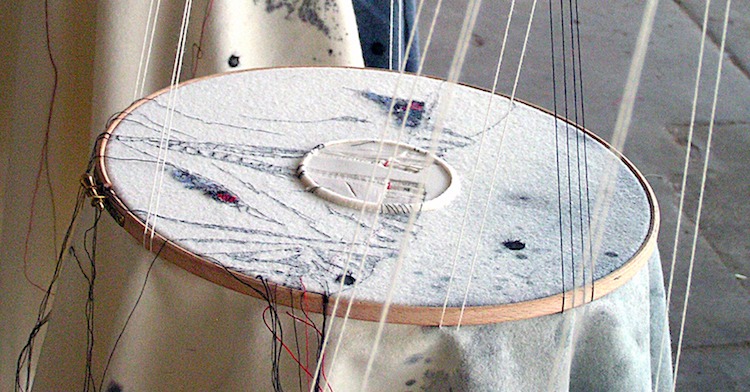
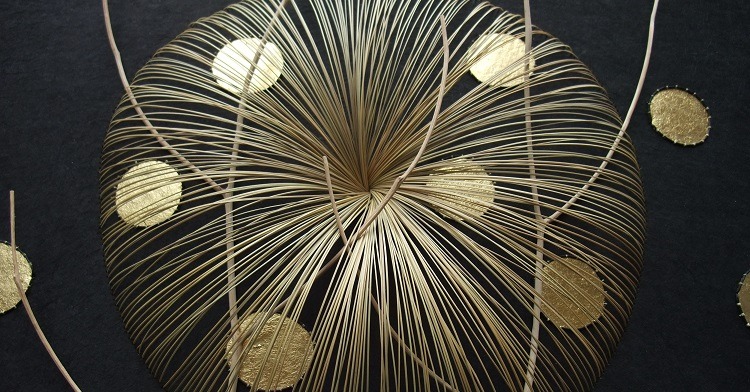
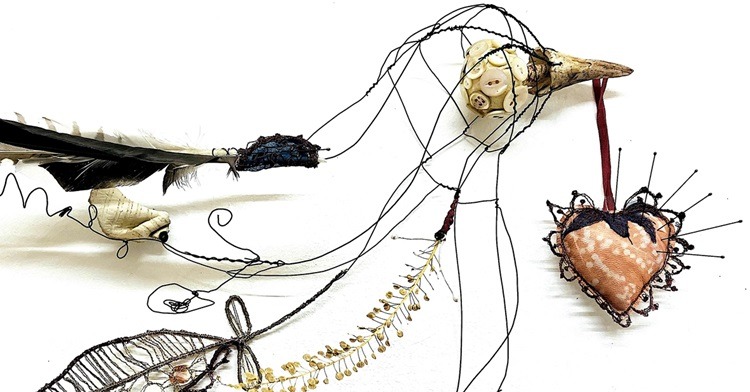
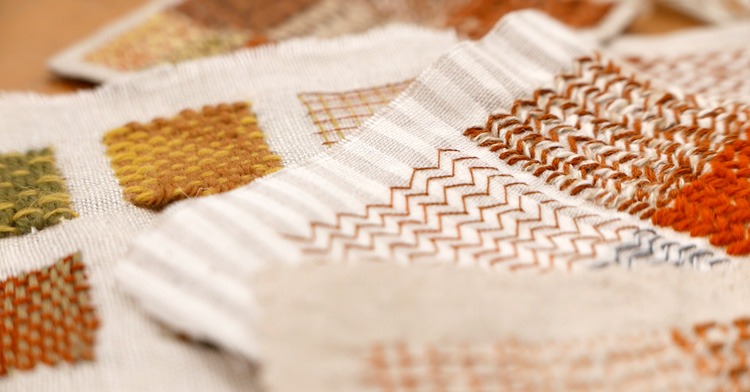
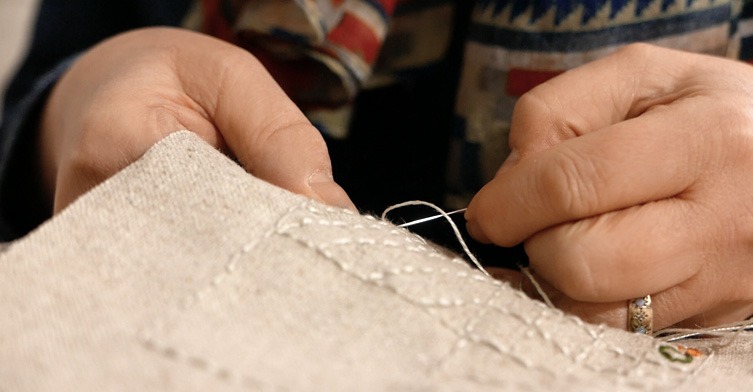

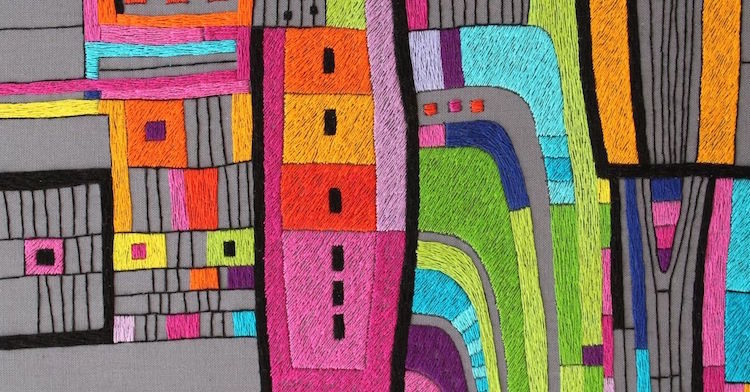
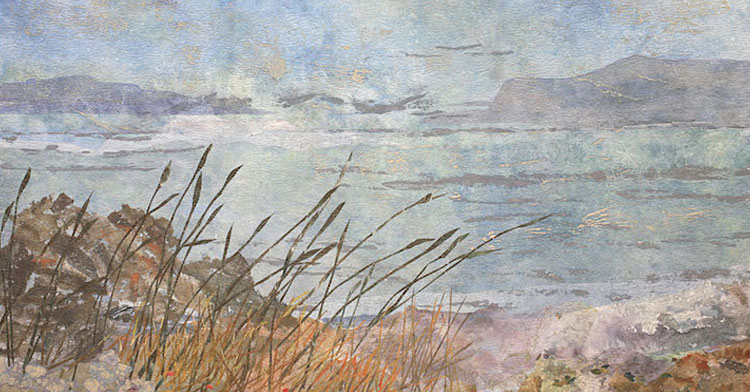
1 comment
Susan Holmgren
I fell in love with Haf’s work when she presented a workshop for the Stitch Club. I knew then that I wanted to learn machine embroidery. I have stitched my friends houses and a the facade of a small business in the located in the picturesque town I live in. Haf inspired me to enroll in a two year embroidery program. Thanks for the inspiration Haf. I love your work!